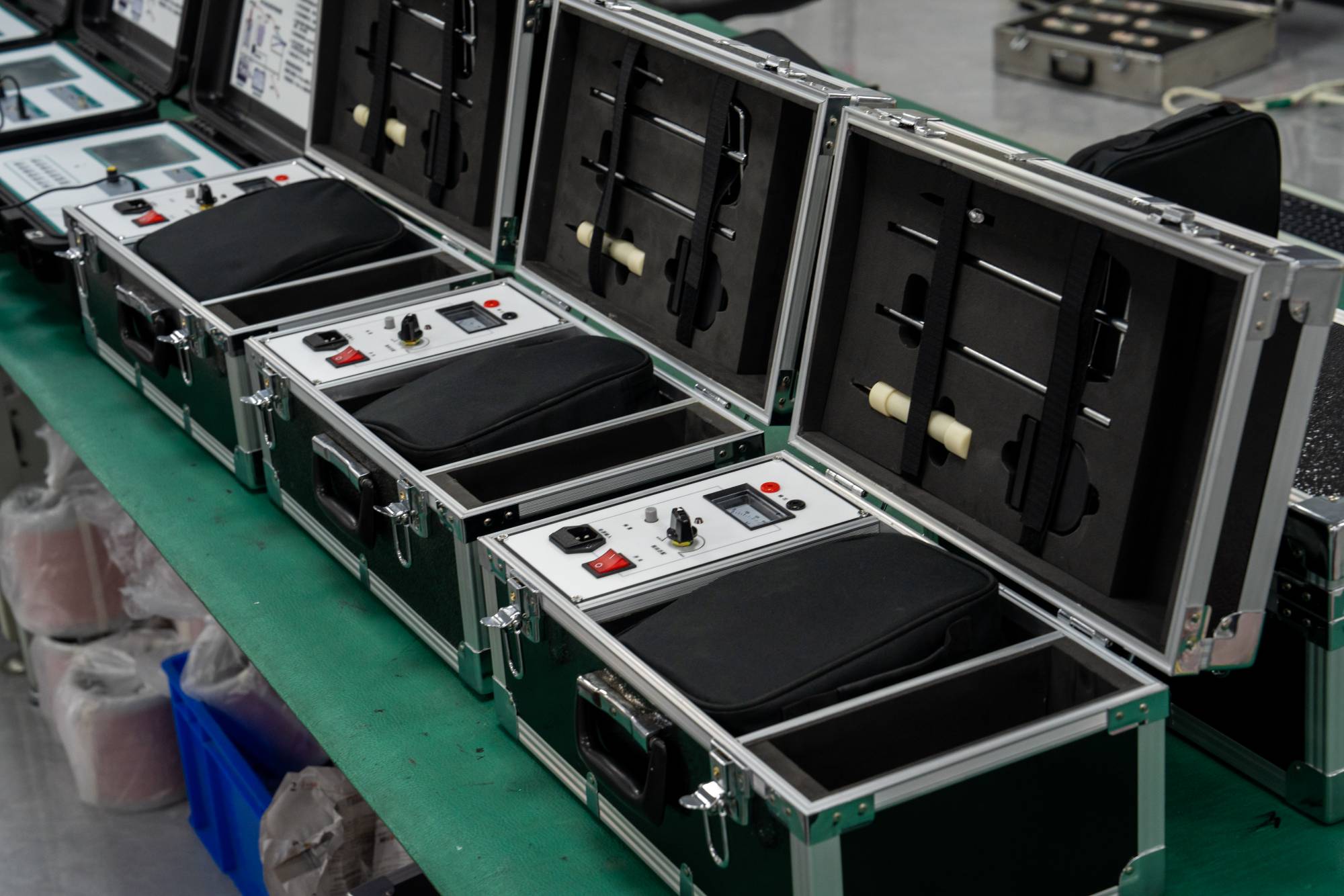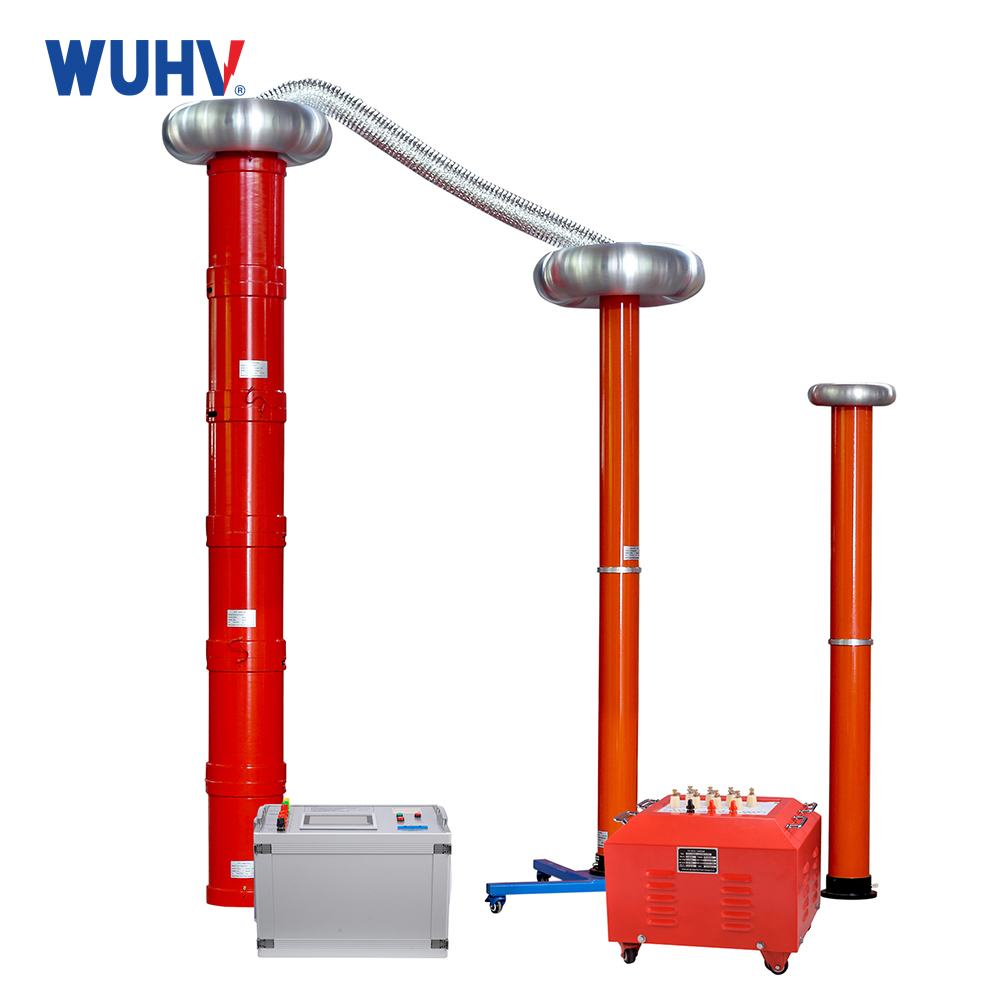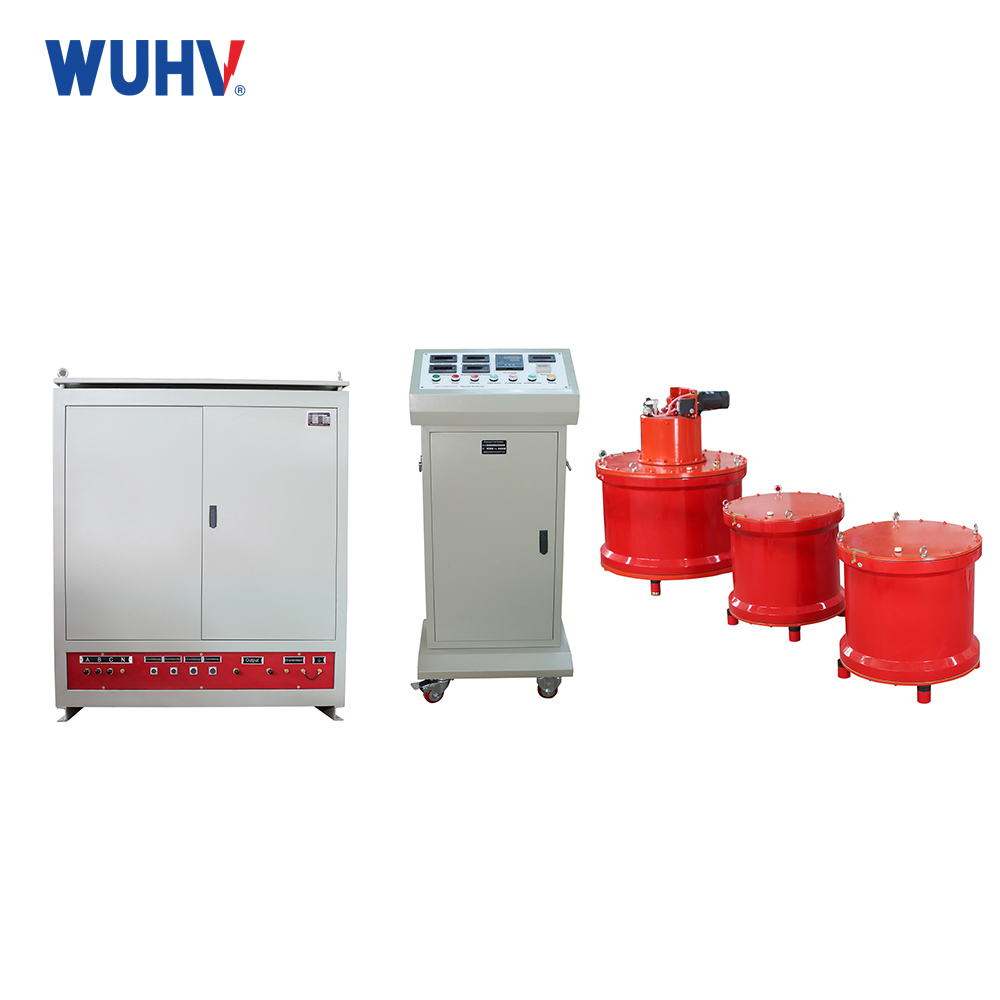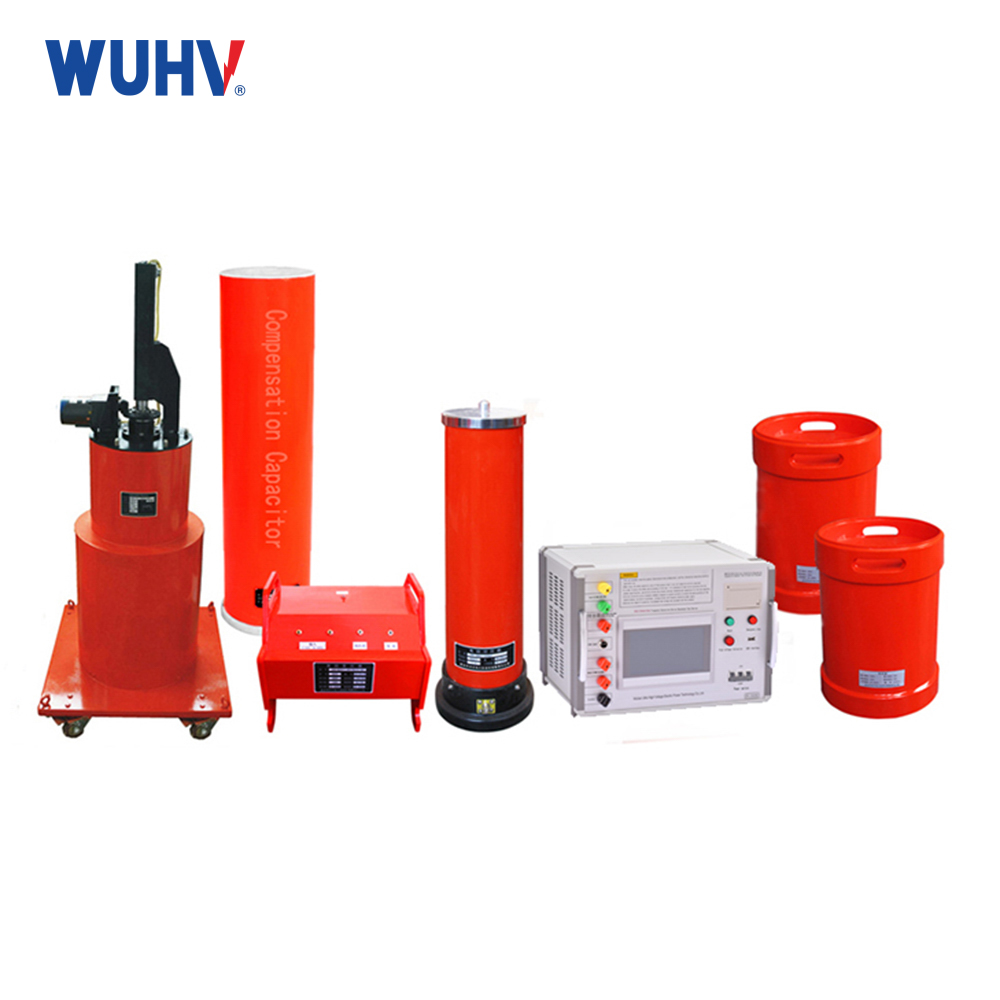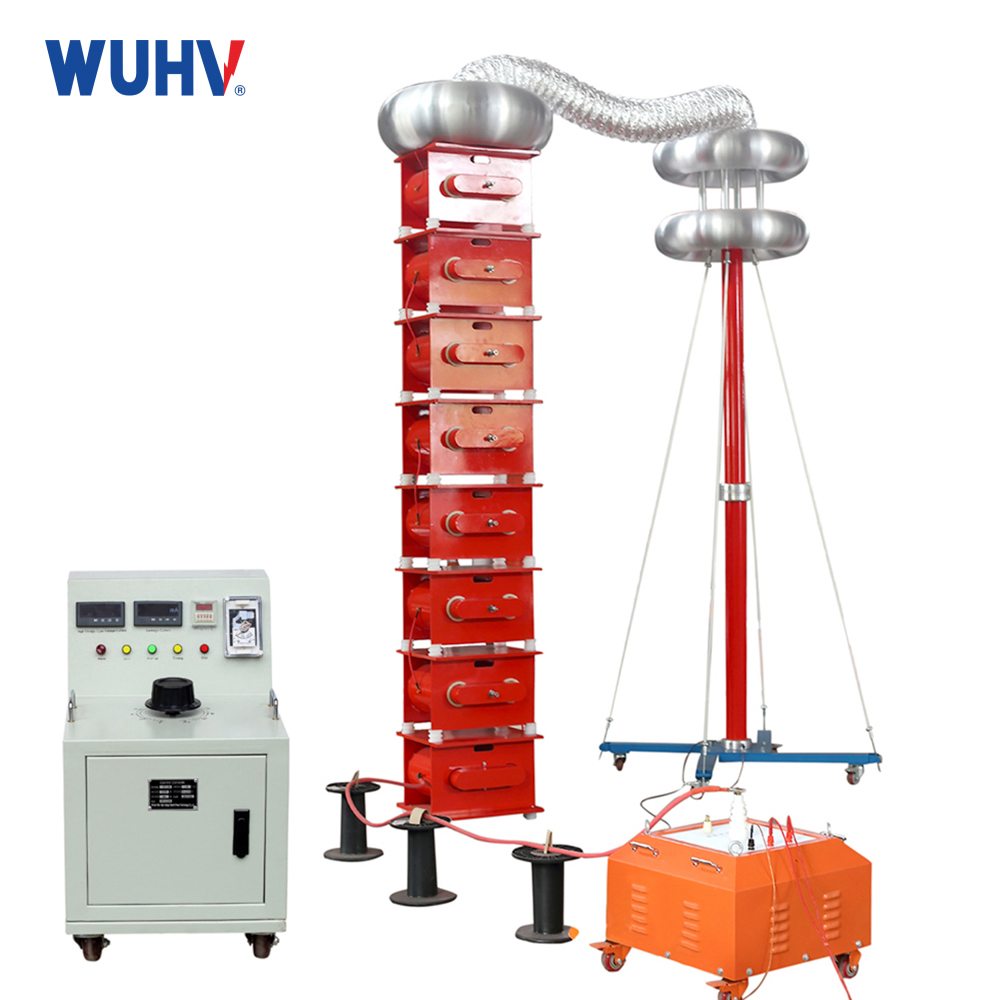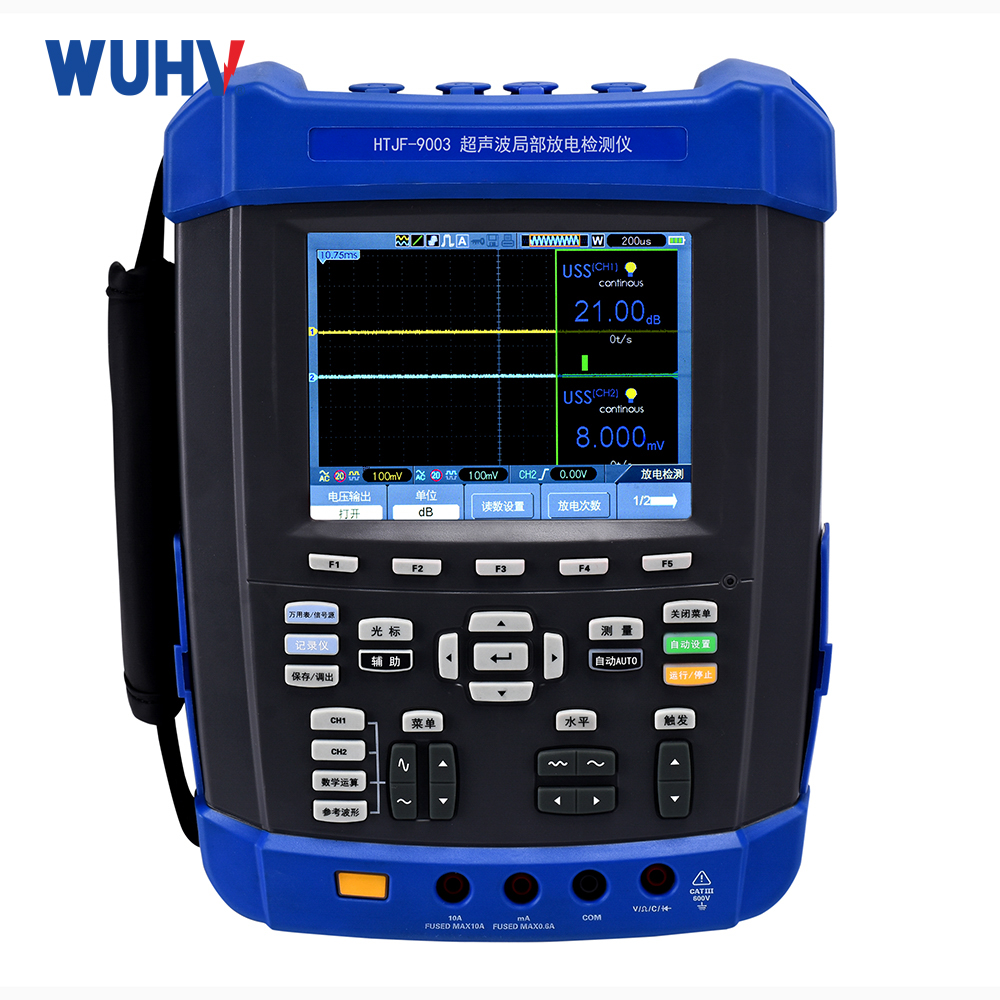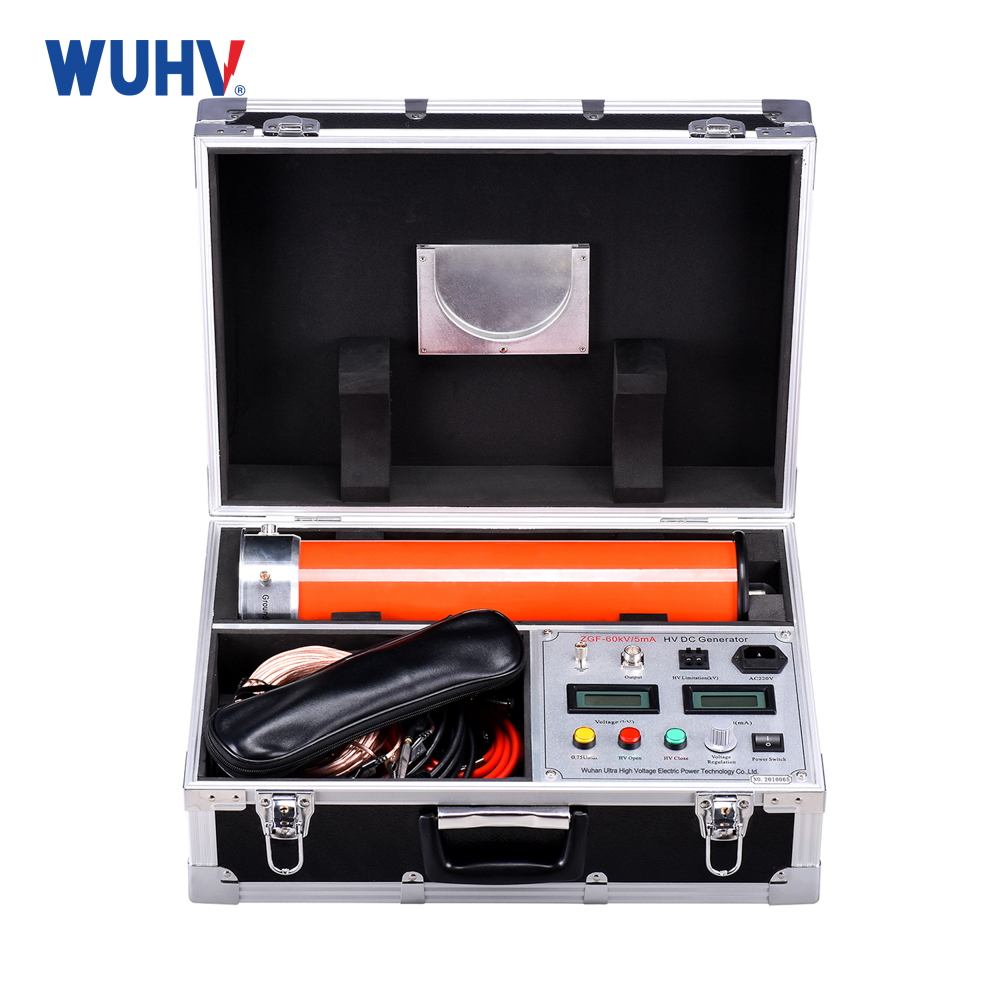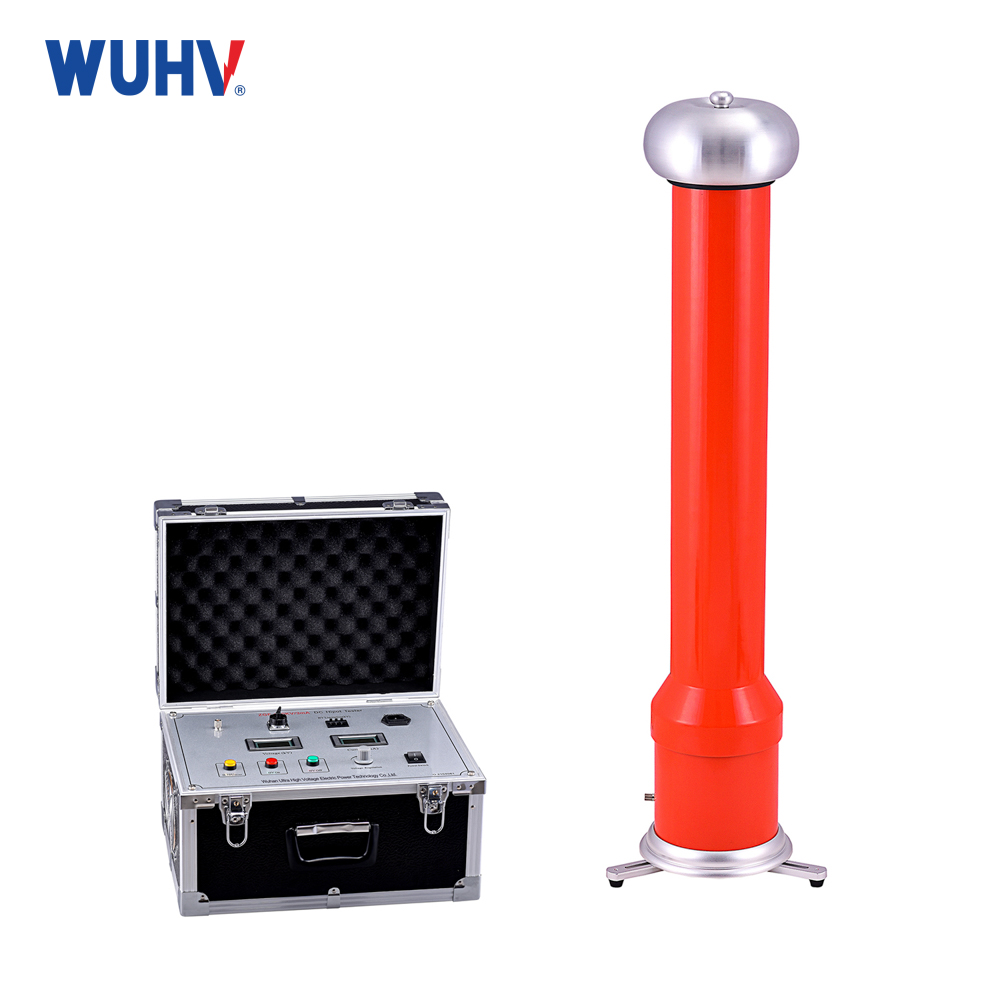The cable fault tester under UHV power can help many power workers conduct various power tests more conveniently.
Of course, cables are a fundamental component of wired networks. Their effectiveness has a significant impact on network connectivity and data transmission. Over time, manufacturers have improved the wires to make them more durable and resistant to interference. It is important to note that even the most skilled cables have their vulnerabilities. CableWholesale explores the common causes of cable failures so that you can make the wisest choices when selecting and installing wires for wired network settings.
Insulation damage
Conductors are necessary for the transmission of electrical signals. When the quality of the conductor inside the cable is damaged, it is called insulation damage. Insulation damage is usually caused by the following reasons:
1. Bending stress
2. Wear and tear within the cable structure
3. Wire breakage
Continuity loss
Like any other conductor, copper conductors are prone to breakage. Copper conductors will break under increased bending pressure, during which the cable core cannot absorb mechanical loads. When insulated conductors are twisted in the wrong pitch length or direction, continuity loss occurs.
be damaged
Damage is one of the most common causes of cable failures. Due to its appearance, also known as the "braid" effect, a bottle opener state occurs in the cable when torsional force is released during operation. Possible reasons for the release of troops include:
1. Incorrect cable configuration
2. Incorrect spacing length
3. Incorrect pitch direction
Layered cables, rather than bundled cables, are more prone to bottle openers.
Sheath wear, expansion or cracking
A damaged cable sheath may be a defect in any wired network. Sheath is a protective layer that protects wires from electromagnetic interference and damage. The softer the jacket, the easier it is for the conductor or shielding layer underneath to wear and tear.
Sheath expansion and cracking are other issues that may cause cable failure. The cable sheath will expand when it comes into contact with oil or chemicals that it cannot withstand. Cracking is usually the result of extreme temperatures - the sheath ruptures and deteriorates to the shielding layer of the cable.


